Alberta
Red Deer recovery community slated for fall completion
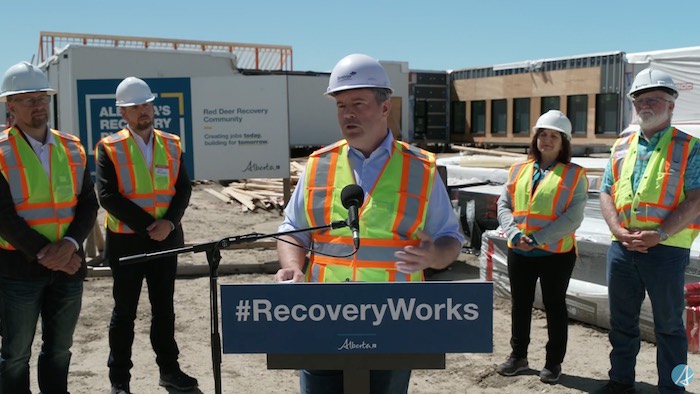
Construction on the 75-bed recovery community project in Red Deer is on time and on budget and is expected to be completed this fall.
The Red Deer recovery community is a first-of-its-kind project in Alberta that will house a long-term addiction treatment program focused on helping people pursue recovery.
Currently 52 of 72 modular buildings are on site. The installation of mechanical and electrical systems as well as work on the building interiors are scheduled to get underway later this month. The final modular buildings will be arriving soon.
“Alberta’s government is making sure that every Albertan has the opportunity to pursue recovery from the devastating and destructive illness of addiction. I am pleased that this project is on time to start operations in the fall so that Albertans can begin their recovery as soon as possible.”
“Alberta Infrastructure plays a key role in delivering this essential project. Our goal is to have this facility up and running as soon as possible to bring more jobs and specialized care to the people of Red Deer.”
“Addiction and mental health challenges have taken a significant toll on central Alberta over the past decade. Increasing treatment capacity in Red Deer is long overdue. Alberta’s government is proud to make this investment to save lives, support recovery and bring hope to the community of Red Deer.”
“The Red Deer recovery community will be an important part of the recovery-oriented system of care that we are building in Red Deer to help people improve their lives. Our government is proud to invest in projects like this to build up our communities and bring more jobs to Albertans.”
“It is essential that our community have access to quality mental health care. This project will not only expand access to addictions treatment for those in need, but it will also bring jobs to our city and help boost our economic recovery.”
Recovery communities are a form of long-term residential treatment that focus on supporting people who are pursuing recovery. Recovery is seen as a gradual, ongoing process of behavioural change through clinical and peer interventions aimed at improving a person’s overall well-being.
Alberta’s government is helping Albertans access life-saving addiction and mental health-related prevention, intervention, treatment and recovery resources.

Quick facts
- This project is keeping Albertans working, supporting about 135 well-paid construction and construction-related jobs.
- Alberta Health is in the process of opening four recovery community projects.
- Red Deer (75-bed facility)
- Construction slated for fall completion.
- Lethbridge (50-bed facility)
- Groundbreaking took place in May 2022 and the project is on schedule to be completed in late 2022.
- Gunn (100-bed facility)
- The project is in the design stage. Construction and completion dates will be determined as the project progresses.
- Blood Tribe (75-bed facility)
- The project is in the planning phase.
- Red Deer (75-bed facility)
- Contact Alberta 211 for information about addiction treatments and supports available throughout the province.
- Albertans struggling with opioid use anywhere in the province can call the Virtual Opioid Dependency Program seven days a week at 1-844-383-7688 to access same-day treatment.
- Albertans using substances at home alone can download the DORS app to a smartphone free of charge from any app store or via DORSApp.ca. When using the app, Albertans will receive a call from the STARS emergency centre if they become unresponsive to a timer. If an overdose is suspected, STARS will immediately dispatch emergency medical services to the person’s location.
Alberta
Ottawa’s destructive federal energy policies and Premier Danielle Smith’s three part solution
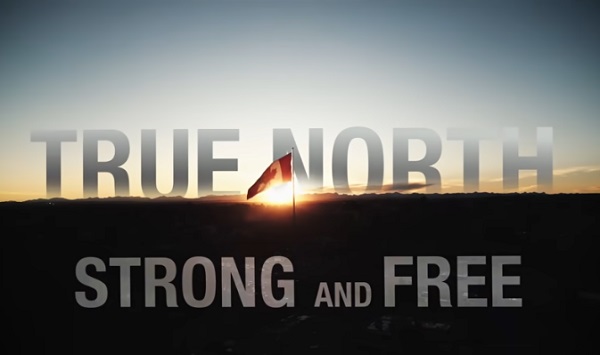
Premier Danielle Smith has released a must-watch video laying out how Ottawa’s anti-energy policies have weakened Canada’s economy with higher unemployment, lost investment, and growing deficits. She explained that by scrapping the production cap, repealing the tanker ban, and getting rid of the No More Pipelines law, Canada could unleash its resources, create hundreds of thousands of jobs, and open new markets around the world. Premier Smith made clear that Alberta is ready to lead, now Ottawa needs the courage to act
Canada has become economically weak and vulnerable to the whims of our largest export market…and Ottawa continues to dither.
Parliament could do 3 things today that would immediately turn our economy around, create hundreds of thousands of jobs and generate trillions in wealth for Canadians without spending a single tax dollar:
1️⃣ Scrap Oil and Gas Production Cap
2️⃣ Overhaul “No New Pipelines” Law
3️⃣ Eliminate Tanker Ban
The national economic self-sabotage has to stop. Canadians deserve leaders in Ottawa with the courage to unleash our full potential, restore prosperity, and make our country strong again. We can do this!
Alberta
Is Alberta getting ripped off by Ottawa? The numbers say yes
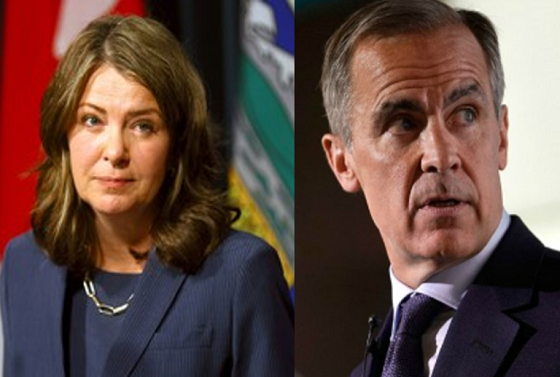
This article supplied by Troy Media.
Alberta has the leverage and the responsibility to push for serious reform of Canada’s equalization system
Albertans are projected to send $252.5 billion more to Ottawa than they get back over the next 15 years —a staggering imbalance that underscores the
urgent need to overhaul federal-provincial fiscal arrangements.
That figure represents Alberta’s net fiscal contribution—the difference between what Alberta sends to Ottawa in taxes and what they get back in
return. Alberta, like all provincial governments, does not directly contribute to federal revenues.
These projections are based on fiscal estimates I’ve prepared using the same framework as Statistics Canada’s annual fiscal reports. Between 2025 and 2039, federal revenues raised in Alberta are expected to total nearly $1.42 trillion, while spending in the province will reach only $1.17 trillion. That leaves a gap of $252.5 billion.
This gap isn’t static. On an annual basis, Alberta’s contribution is projected to grow significantly over time. It’s forecast to rise from $12.7 billion in 2025, or $2,538 per person, to nearly $20.6 billion, or $3,459 per person, by 2039.
This isn’t new. Alberta has long been a major net contributor to Confederation. Between 2007 and 2023, Albertans paid $267.4 billion more to
Ottawa than they received in return, according to Statistics Canada. The only exception came in 2020 and 2021, years heavily impacted by COVID-19.
Albertans face the same federal tax rates as other Canadians but pay far more per person due to higher average incomes and a strong corporate tax base. This higher contribution translates into billions collected annually by Ottawa.
In 2025, the federal government is projected to collect $68.8 billion from Alberta, about $13,743 per person. By 2039, that will grow to $127.2 billion, or $21,380 per person. More than half will come from personal income taxes.
Meanwhile, federal spending in Alberta lags behind. In 2025, it’s expected to be $56.1 billion, or $11,205 per person—rising to $106.6 billion, or $17,831 per person, by 2039.
This includes transfers to individuals—about $17.5 billion in 2025, and $28.8 billion in 2039—and federal transfers to the provincial government, which are projected to grow from $12.9 billion to $20.9 billion. These include the Canada Health Transfer and the Canada Social Transfer, which help fund health care, education and social services.
Alberta does not receive equalization payments, which are meant to help less wealthy provinces provide comparable public services. Equalization is funded through general federal revenues, including taxes paid by Albertans. That imbalance is more than a budget line—it speaks to a deeper fairness issue at the heart of federal-provincial relations. Alberta pays more, gets less and continues to shoulder a disproportionate share of the federal burden.
That’s why Alberta must take the lead in pushing for reform. The Alberta Next Panel process—a provincial initiative to gather public input and expert advice on Alberta’s role in Confederation—gives the government an opportunity to consult with Albertans and bring forward proposals to fix the tangled mess of federal transfer programs.
These proposals should be advanced by Premier Danielle Smith’s government in discussions with Ottawa and other provinces. Alberta’s fiscal strength demands a stronger voice at the national table.
Some may argue for separation, but that’s not a viable path. The better solution is to demand fairness—starting with a more rigorous, transparent process for renewing major federal transfer programs.
Right now, Ottawa often renews key programs, like equalization, without proper consultation. That’s unacceptable. Provinces like Alberta deserve a seat at the table when billions of dollars are at stake.
If Alberta is expected to keep footing the bill, it must be treated as a full partner —not just a source of cash. Fixing the imbalance isn’t just about Alberta. A more open, co-operative approach to fiscal policy will strengthen national unity and ensure all provinces are treated fairly within Confederation.
Lennie Kaplan is a former senior manager in the Fiscal and Economic Policy Division of Alberta’s Ministry of Treasury Board and Finance. During his tenure, he focused, among other duties, on developing meaningful options to reform federal-provincial fiscal arrangements.
Troy Media empowers Canadian community news outlets by providing independent, insightful analysis and commentary. Our mission is to support local media in helping Canadians stay informed and engaged by delivering reliable content that strengthens community connections and deepens understanding across the country.
-

 Censorship Industrial Complex22 hours ago
Censorship Industrial Complex22 hours agoFreedom of speech under threat on university campuses in Canada
-

 Alberta17 hours ago
Alberta17 hours agoOttawa’s destructive federal energy policies and Premier Danielle Smith’s three part solution
-

 Business22 hours ago
Business22 hours agoCarney engaging in Orwellian doublethink with federal budget rhetoric
-

 Alberta22 hours ago
Alberta22 hours agoIs Alberta getting ripped off by Ottawa? The numbers say yes
-
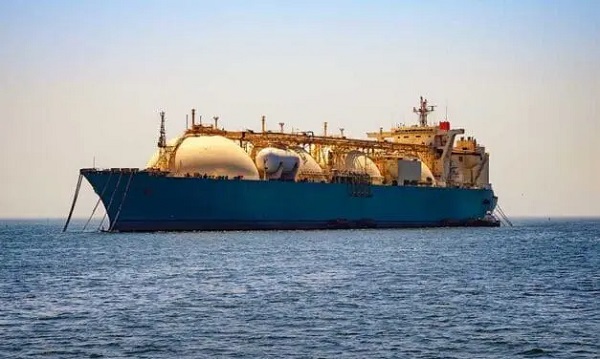
 Energy22 hours ago
Energy22 hours agoCanada’s LNG breakthrough must be just the beginning
-

 Business23 hours ago
Business23 hours agoCourt’s ‘Aboriginal title’ ruling further damages B.C.’s investment climate
-

 Business23 hours ago
Business23 hours agoManitoba Must Act Now To Develop Its Northern Ports
-
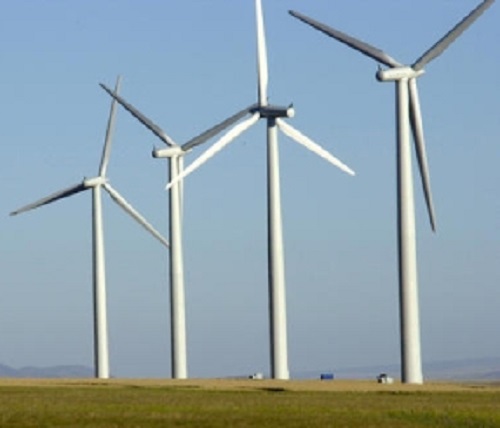
 Agriculture16 hours ago
Agriculture16 hours agoIn the USA, Food Trumps Green Energy, Wind And Solar



